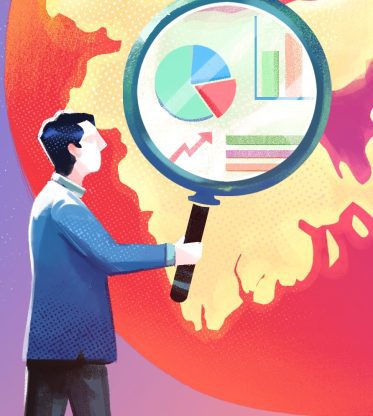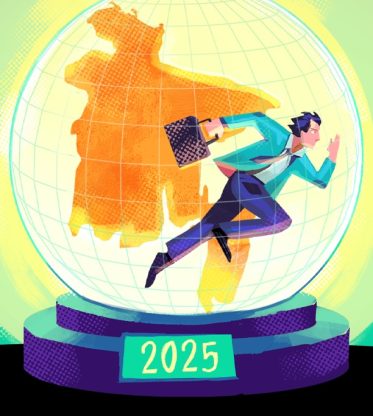Latest Issue (June 2025)
The 12th edition of Economic Intelligence Bangladesh explores the nation’s labour market woes, from rising unemployment among educated youths to persistent structural challenges. It highlights the pressing need for labour law reform to ease trade union barriers, features insights from businessmen, economists, and labour activists on the low wage–low productivity cycle, reviews Bangladesh’s ILO commitments, and spotlights protection gaps facing the informal and gig workers.
Latest Issue (June 2025)
The 12th edition of Economic Intelligence Bangladesh explores the nation’s labour market woes, from rising unemployment among educated youths to persistent structural challenges. It highlights the pressing need for labour law reform to ease trade union barriers, features insights from businessmen, economists, and labour activists on the low wage–low productivity cycle, reviews Bangladesh’s ILO commitments, and spotlights protection gaps facing the informal and gig workers.






